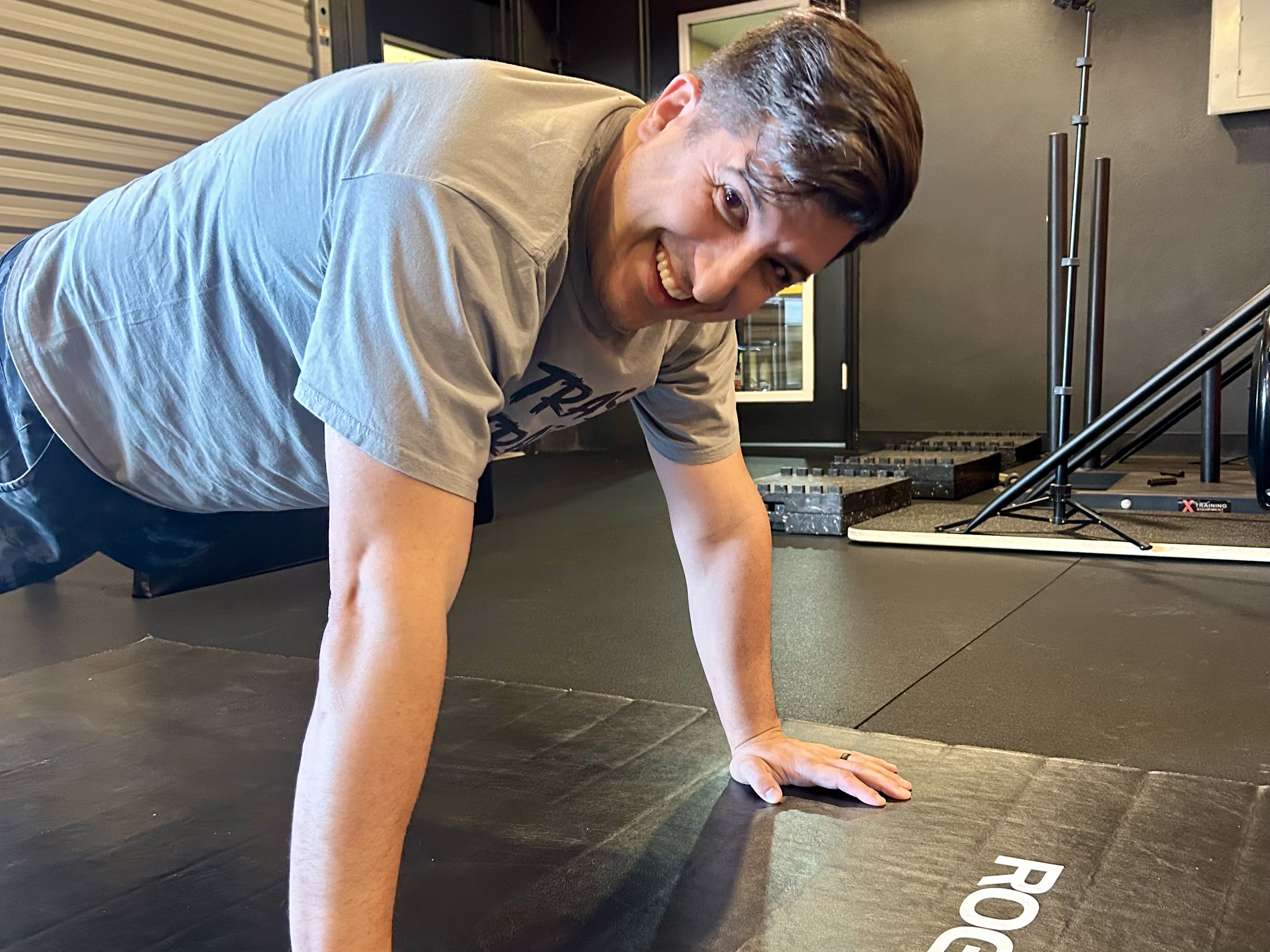Having tight hips is a common complaint, especially among adults who find themselves in a seated position for extended periods of time
The seated posture can cause the hip flexor muscles to become short and stiff. That’s why it’s important not only to stretch your hips, but to do active hip mobility exercises to improve strength, flexibility, and mobility. What’s the difference between a hip stretch and a hip exercise, and between hip flexibility versus mobility? A simple distinction: think passive versus active. Hip flexibility is defined as length through range of motion while mobility points to more targeted strength and control of the muscle as it completes a movement pattern.
Mobility is just as important as flexibility, especially as you age. All of the activities you love doing—walking, cycling, dancing, or playing with your kids and pets—require joint mobility as a foundation. Over time, if joints lack mobility, your performance and ability to improve is greatly inhibited. The less you move, use, and strengthen certain body parts, the less likely they are to work optimally. This can also cause you to experience more aches and pains from everyday activities (even from just sitting!).
There are many exercises, stretches and movement sequences that can help. Working with an excellent trainer who is deeply knowledgeable, educated and certified through a national agency can help you immensely. But you can also do this on your own, without any equipment! Below are some of our faves.
3 Great Hip Mobility Exercises to Try
- The 90/90: Sit on the floor with feet on the floor in front of you, knees bent, and legs open slightly wider than your hips. Place your hands on the floor on either side of your hips for support, or hold your arms out in front of you for more of a challenge. Slowly let your knees drop to one side, creating 90 degree angles at your hips and knees. Making sort of a wind-shield-wiper motion with your knees, rotate them back up to center then slowly let them knees drop to the opposite side. Rotate back and forth with control for about 30 seconds, rest, and repeat one or two more times.
- Tabletop hip circles: Start on the floor on your hands and knees, stacking shoulders over wrists and hips over knees. Keeping your pelvis level with the floor, engage your right glute and lift your right knee out to the side (think: dog at a fire hydrant). Draw a circle in the air with your right knee five times, keeping your right knee bent. It’s OK if you can’t lift your knee up very high—it’s better to do circles lower to the floor than to try to lift your leg higher and have your back and pelvis tilt to the side. Switch the direction of the circles and repeat five more times. Then switch legs and repeat. Do this one to two times per each side.
- Frog Squat: Stand with your feet slightly wider than shoulder-width. Turn your feet out at a diagonal and make sure your knees align vertically with your ankles. Keeping weight in your heels, bend your knees and slowly lower your butt to the floor—as low as you can comfortably go. Hold this low squat position for about 30 seconds, using your elbows to press your knees gently outward. Release to a standing position and shake your legs out. Repeat five times.
If you are interested in our elite and exclusive personal training services or the VIP membership packages, reach out! we are Gulfport and St. Pete’s best personal training studio and the best gym for corrective exercise, strength and conditioning.




